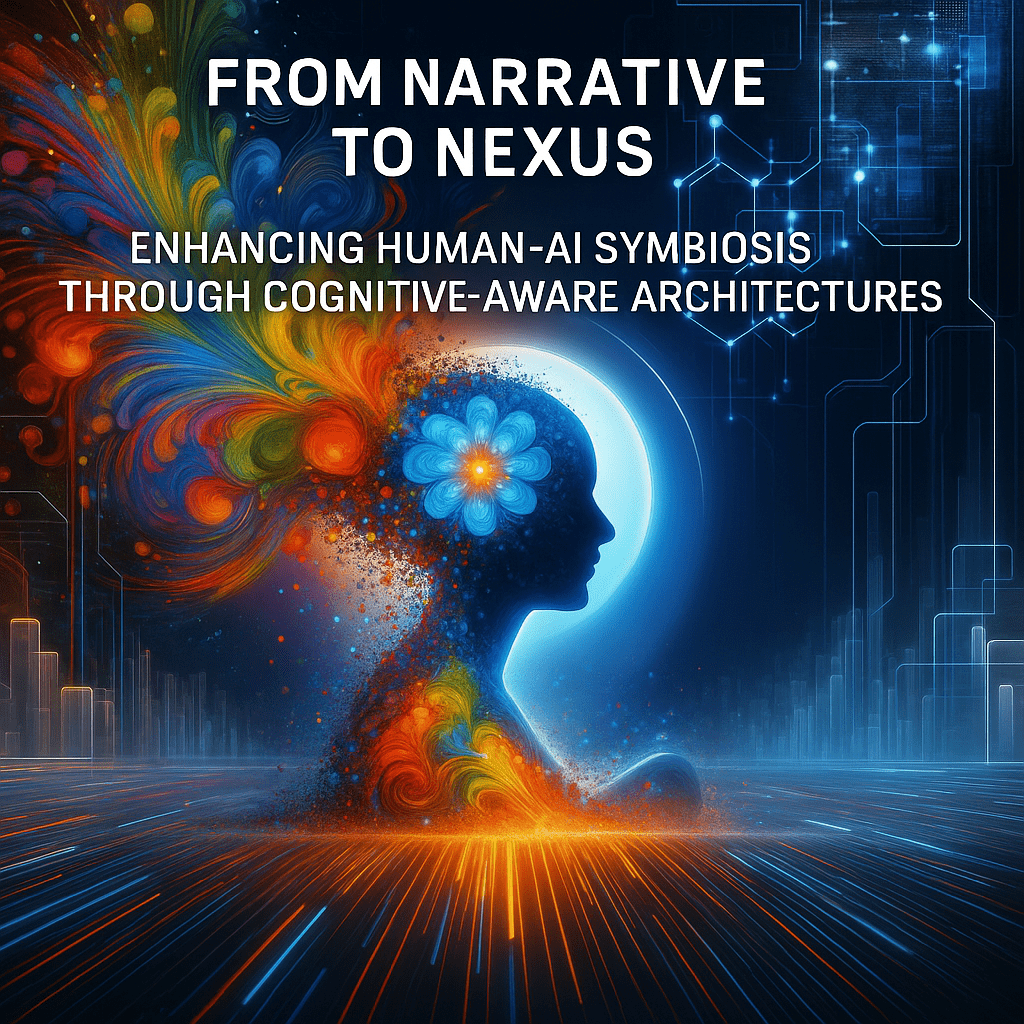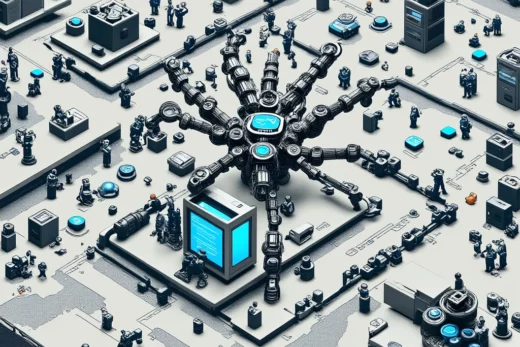
From Narrative to Nexus: Enhancing Human-AI Symbiosis Through Cognitive-Aware Architectures
From Echo to Forms: Agent Architectures Bridge Between Inner and Outer Worlds
https://www.linkedin.com/pulse/from-echo-forms-agent-architectures-bridge-between-inner-mark-yarian-2s6fc
How can we leverage this narrative to enhance the symbiotic growth of human cognition and AI innovation?
Mark Yarian’s article, From Echo to Forms: Agent Architectures Bridge Between Inner and Outer Worlds, presents a compelling narrative on the evolution of AI systems from reactive “echo” models to more sophisticated “form”-based agent architectures. This progression emphasizes the integration of internal cognitive models with external environmental interactions, aiming to create AI systems that are more adaptable and context-aware.
To leverage this narrative for enhancing the symbiotic growth of human cognition and AI innovation, consider the following strategies:
1. Develop Reflective AI Systems
Transitioning from reactive to reflective AI involves designing systems that can model and understand their own processes and those of humans. This self-awareness enables AI to anticipate user needs, adapt to changing contexts, and provide more personalized assistance.
Example: Implementing metacognitive modules in AI that monitor and adjust their problem-solving strategies based on user feedback.
2. Foster Human-AI Co-Learning Environments
Creating platforms where humans and AI learn from each other can accelerate mutual growth. AI can adapt to individual learning styles, while humans can gain insights from AI’s data-driven analyses.
Example: Educational tools where AI tutors adjust their teaching methods in real-time based on student performance and engagement.
3. Integrate Multimodal Interaction Channels
Enhancing AI’s ability to process and respond to various forms of human communication—such as speech, gestures, and facial expressions—can lead to more natural and effective interactions.
Example: Developing virtual assistants that combine voice recognition with emotion detection to respond empathetically to user queries.
4. Implement Ethical and Transparent AI Frameworks
As AI systems become more integrated into daily life, ensuring they operate transparently and ethically is crucial. This builds trust and allows users to understand and influence AI decision-making processes.
Example: Creating dashboards that display AI decision pathways and allow users to provide feedback or corrections.
5. Encourage Interdisciplinary Collaboration
Combining insights from neuroscience, psychology, computer science, and ethics can lead to more holistic AI designs that align with human values and cognitive processes.
Example: Research initiatives that bring together experts from various fields to co-develop AI systems aimed at mental health support.(Northwestern Oklahoma State University)
By embracing these strategies, we can move towards a future where AI not only augments human capabilities but also evolves in harmony with human cognition, leading to more intuitive, responsive, and ethical technologies.
Sources
- Mark Yarian: From Echo to Forms: Agent Architectures Bridge Between Inner and Outer Worlds
https://www.linkedin.com/pulse/from-echo-forms-agent-architectures-bridge-between-inner-mark-yarian-2s6fc - Vectorize: Designing Agentic AI Systems, Part 1: Agent Architectures
https://vectorize.io/designing-agentic-ai-systems-part-1-agent-architectures/ - Markovate: Agentic AI Architecture: A Deep Dive
https://markovate.com/blog/agentic-ai-architecture/ - Akira: Automating Workflows with Agentic AI: Techniques and Benefits
https://www.akira.ai/blog/automating-workflows-with-agentic-ai - GeeksforGeeks: Intelligent Agent in AI
https://www.geeksforgeeks.org/intelligent-agent-in-ai/



